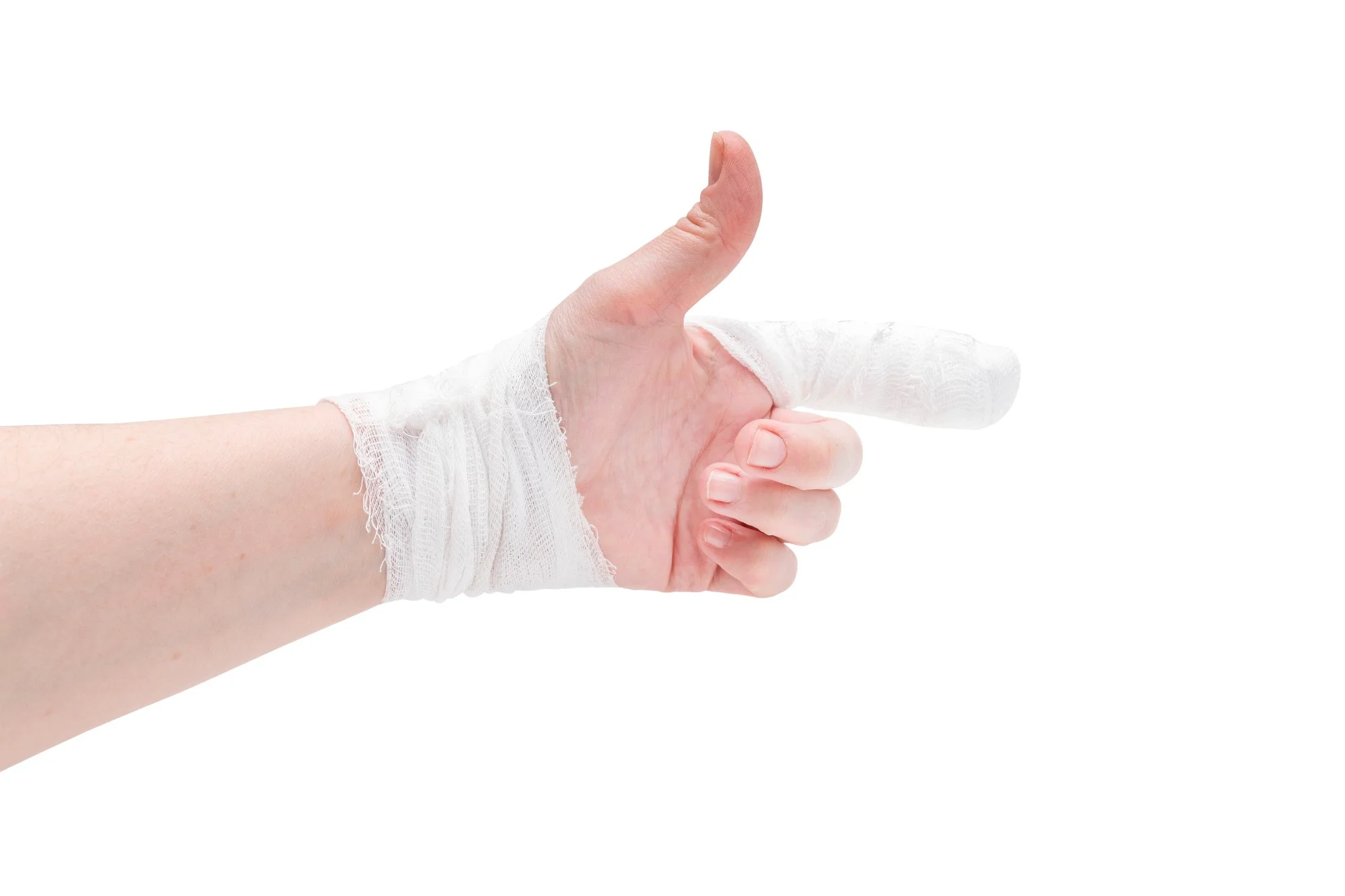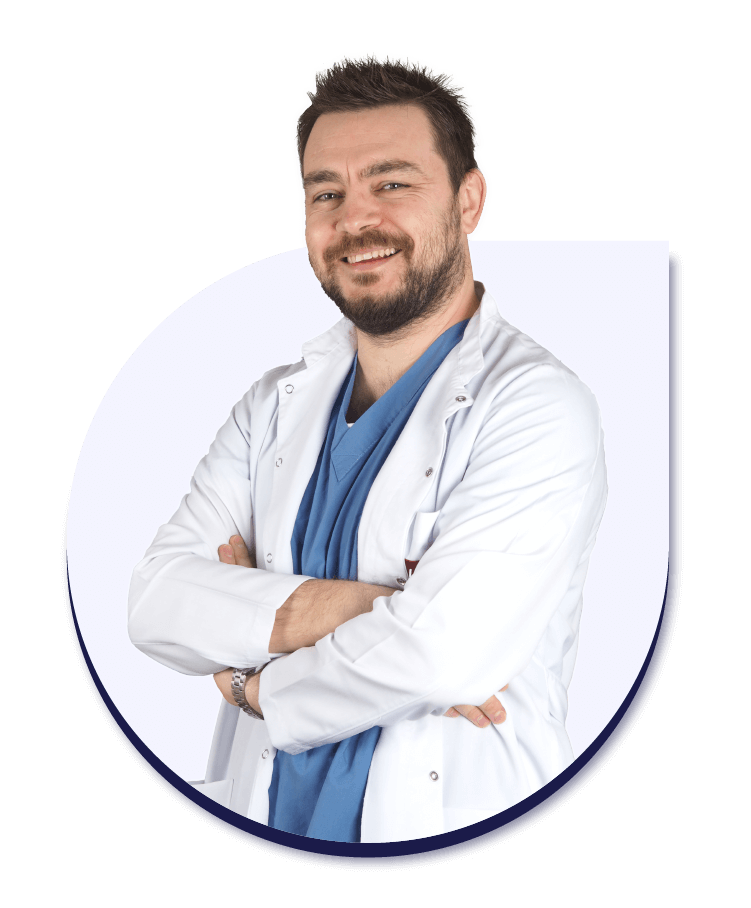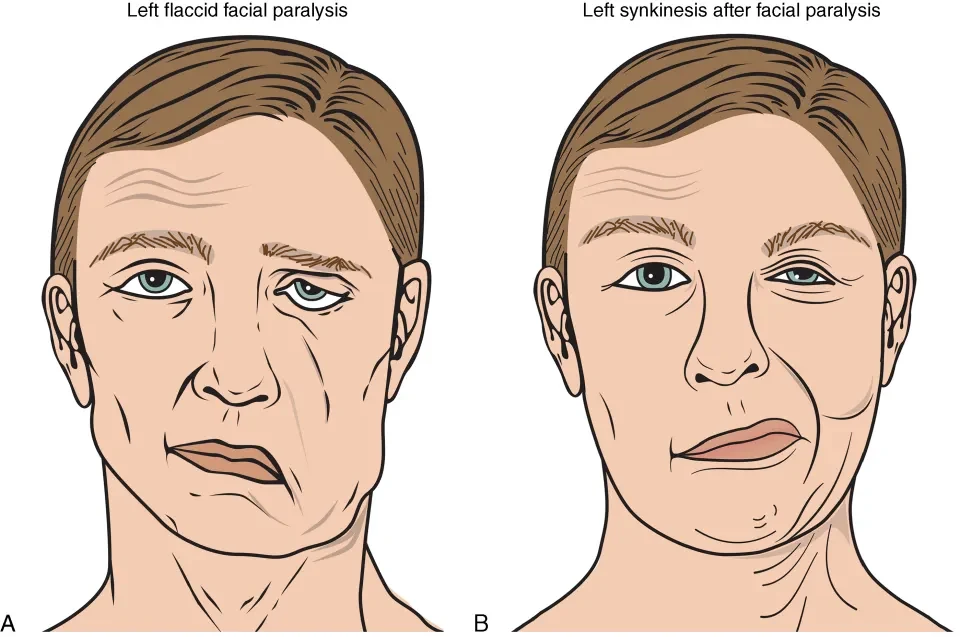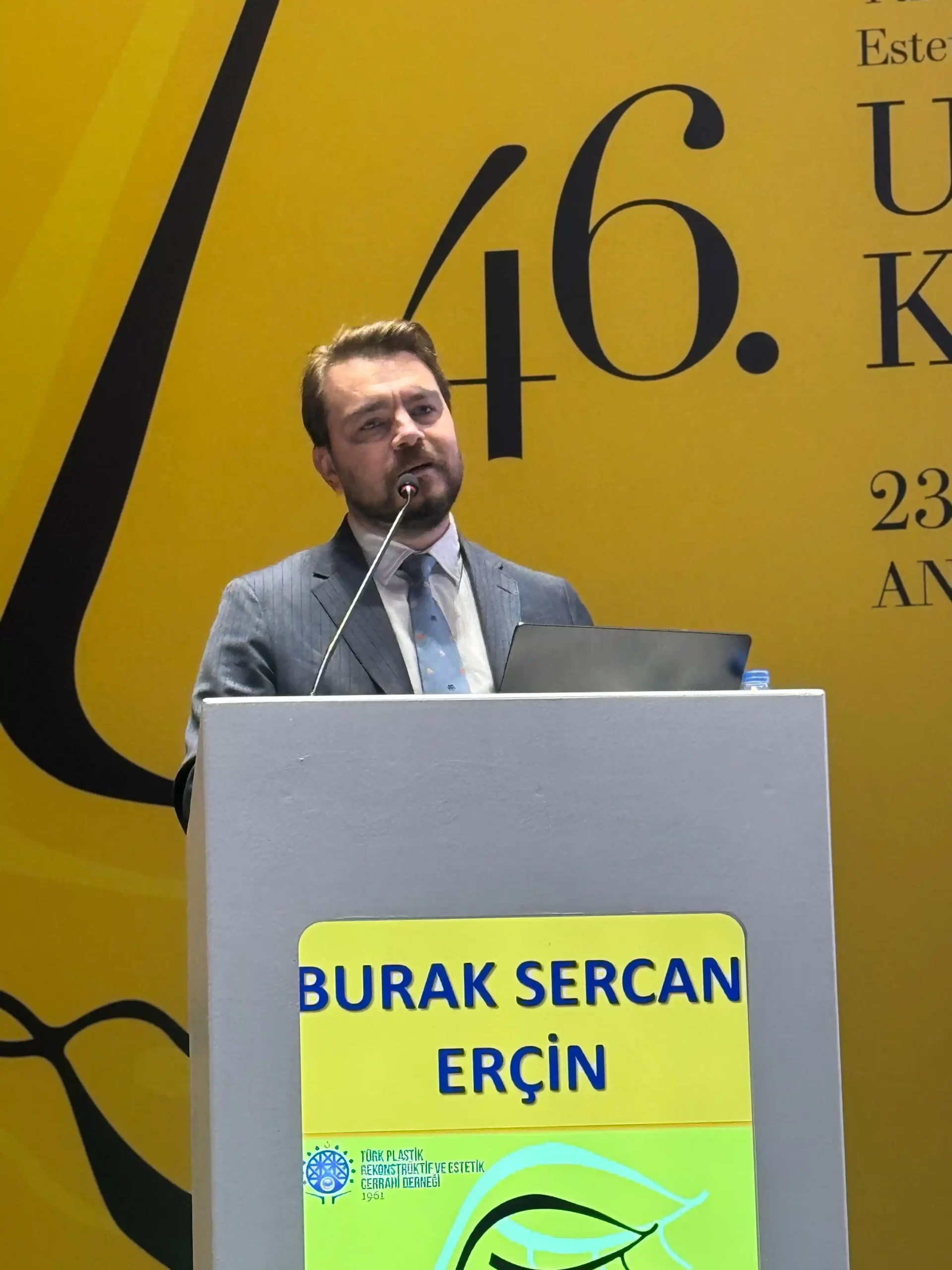Finger transplantation is most often done on people who don’t have fingers. But how the finger is affected is also important. It is judged by how much it affects the hand’s functions.
Finger transplantation is usually the right thing to do if the finger is not completely gone. But it can be applied for partial finger cuts. But surgeons usually use finger transfer on people who have lost a finger in an accident and cannot sew it back on.
Another type of patient is one who was not born with a finger. There are a lot of options, like one-finger or two-finger transplants, depending on how many fingers are missing.
The goal of any surgery done by Dr. Burak is to give the patient a hand that can grip, work, and be used in their daily life. In other words, a finger transfer can be considered for every patient who doesn’t have a functional finger.
Typical Foot-to-Hand Questions About Finger Transplants
Finger transplantation from foot-to-hand surgery is a long, expensive, and complex procedure. Like other free tissue transplants, it needs a team of doctors with experience in microsurgery.
There are also risks on top of all this. For example, if a finger is taken from the foot, the blood flow through the veins that are sewn together after the hand is transplanted may not be smooth.
This means that the right candidate should be well-tested and chosen carefully for the procedure. Not to mention that all preparations should be made before the operation.
Main Types of Finger Loss
There are two main types of finger loss: a complete break and a partial break.
In the case of complete finger loss: The finger, hand, or arm is completely cut off from the body (Amputation). Since all the blood vessels are also cut, the damaged part needs to be sewn back on as soon as possible.
In the case of partial finger loss, the limb is still connected to the body, but only part of it is gone. If the blood vessels are still connected, the time the patient gets to the hospital is the critical element; rather than risking a completely cut-off finger.
This is because the damaged part is still alive. In both complete and partial ruptures, the length of time the blood vessels were cut off is important. The most important factor that makes surgery more likely to work is getting the patient and the cut part to the hospital as soon as possible.
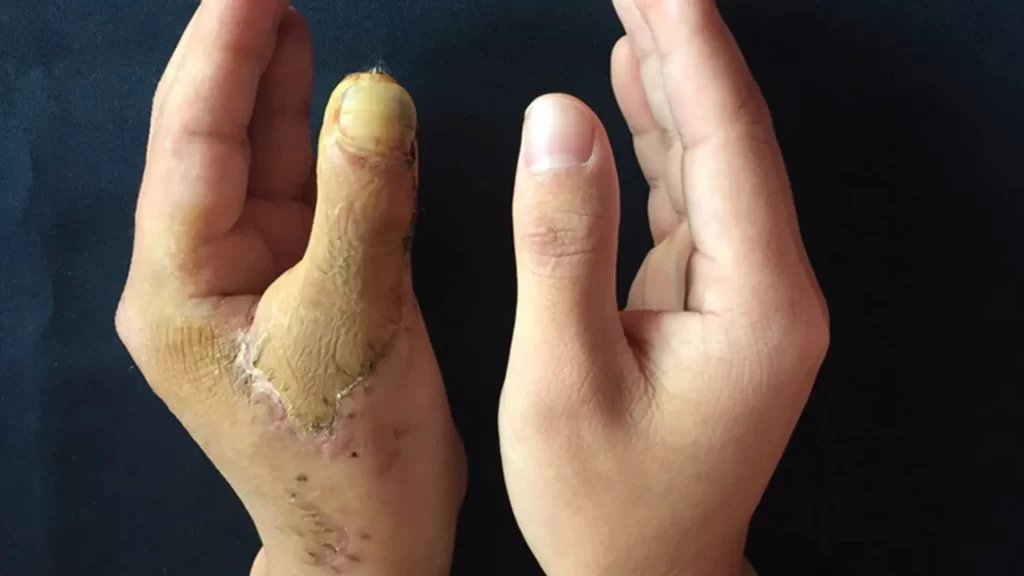
Which finger is transplanted from the foot to the hand?
Most of the time, finger loss is caused by an accident, but sometimes it’s caused by a defective hand at birth. If this person is missing too many fingers for the hand to be able to hold things, the toes may need to be transplanted to the hand.
This is the best method for reconstructing fingers with plastic surgery in Turkey because the repair is done with the toes, which are the most finger-like peripherals of the hand in terms of how they work and how they look.
The thumb is the most common toe-to-hand finger surgery, followed by the index finger and the middle finger.
Surgery to move a finger from the foot to the hand
Foot-to-hand finger transplantation is a type of outpatient foot-to-hand transplant that uses microsurgery to fix a hand that doesn’t work right. With the advancements
of microsurgery, these operations have become very easy to do, especially in recent years.
Since the first application was made in 1966, we can say that this procedure can be done easily in almost all microsurgical clinics today. With this hand surgery , the first, second, or even third finger can be moved from the foot to the hand, or at least part of it can be.
What are the results of the finger transplant from the foot to the hand?
With the technology and health care we have today, the success rate of transplanting fingers from the foot to the hand is very close to 100%.
In this way, the surgeries become a success. If the surgeon and the rest of the medical team are skilled and the patient’s tissues are healthy enough for this surgery, it will be a success.
When should the toe-to-hand transplant take place?
Skin loss almost always goes along with tissue loss in the hand. Most of the time, skin grafts and flaps of skin are used to fix it.
Usually, tissue damage is fixed using the reconstruction techniques, which has been around for a long time. It can be used sometimes to make choices that don’t follow the rules of the technique.
Since the back of the hand and the fingers on the palm are built differently than the rest of the hand, the surgeon also takes into account other options that fit these structural differences.
Toe-to-hand transplant for children
Toe-to-hand transfer is a surgical operation that is done on children who were born without a thumb or who have lost their thumb due to trauma. A team of doctors conducts a complete examination of the child’s general health and hand condition. After meticulous planning, a toe, often the second toe, is removed, together with its bone, blood vessels, nerves, and skin. The transplanted toe is then surgically attached to the hand, with attention paid to appropriate alignment and function.
Postoperative treatment includes physiotherapy and physical therapy to improve the functioning of the transplanted toe.
Reconstructive Surgery Services with Dr. Burak Sercan
Dr. Burak Sercan answers all of your questions about Finger Transplantation, which is a very critical surgery for many around the world. He is well-known for his compassionate approach and dedication to patient care. He works carefully with clients to understand their specific requirements, creating tailored treatment regimens that focus on both cosmetic goals and functional restoration.
Get in touch with us right away on our Email, Phone, or Contact US Webpage, for the best prices and the best health services available. Check out our Instagram portfolio for more details about our reconstructive procedures.
FAQ
What is the success rate of finger replantation?
Individual outcomes may vary depending on the particular circumstances of the injury and the patient’s health, although success rates can reach respectable levels, generally ranging from 80-90%. Patient-specific criteria such as age, overall health, and pre-existing medical issues all contribute to the procedure’s overall outcome. The surgical team’s expertise and experience, particularly in microsurgery, are critical, as this delicate technique includes precise work with small blood arteries and nerves.
Can a big toe be transplant to thumb?
In situations of traumatic thumb amputation or congenital absence, where typical reconstructive procedures may not provide acceptable outcomes, surgeons may contemplate toe-to-thumb transplanting. Because it has a similar anatomy to the thumb, with two phalanges (segments) and a comparable range of motion, the big toe is frequently chosen for transplantation.
How much is a thumb transplant?
The cost of a thumb transplant varies greatly based on various aspects, including the difficulty of the surgery, hospital fees, the surgeon’s skill, post-operative care, and rehabilitation costs. Thumb transplantation is a complex process that requires microsurgery and skilled medical care, which might add to the treatment’s cost. You may always contact us for further information!
Can fingers be grown back?
Humans, unlike certain animals, do not have the intrinsic ability to restore missing body parts, including finger regeneration. Traditional treatments for finger amputations frequently entail surgical operations such as replantation, in which severed fingers are reattached, or the use of prosthetic devices to improve usefulness and attractiveness.

